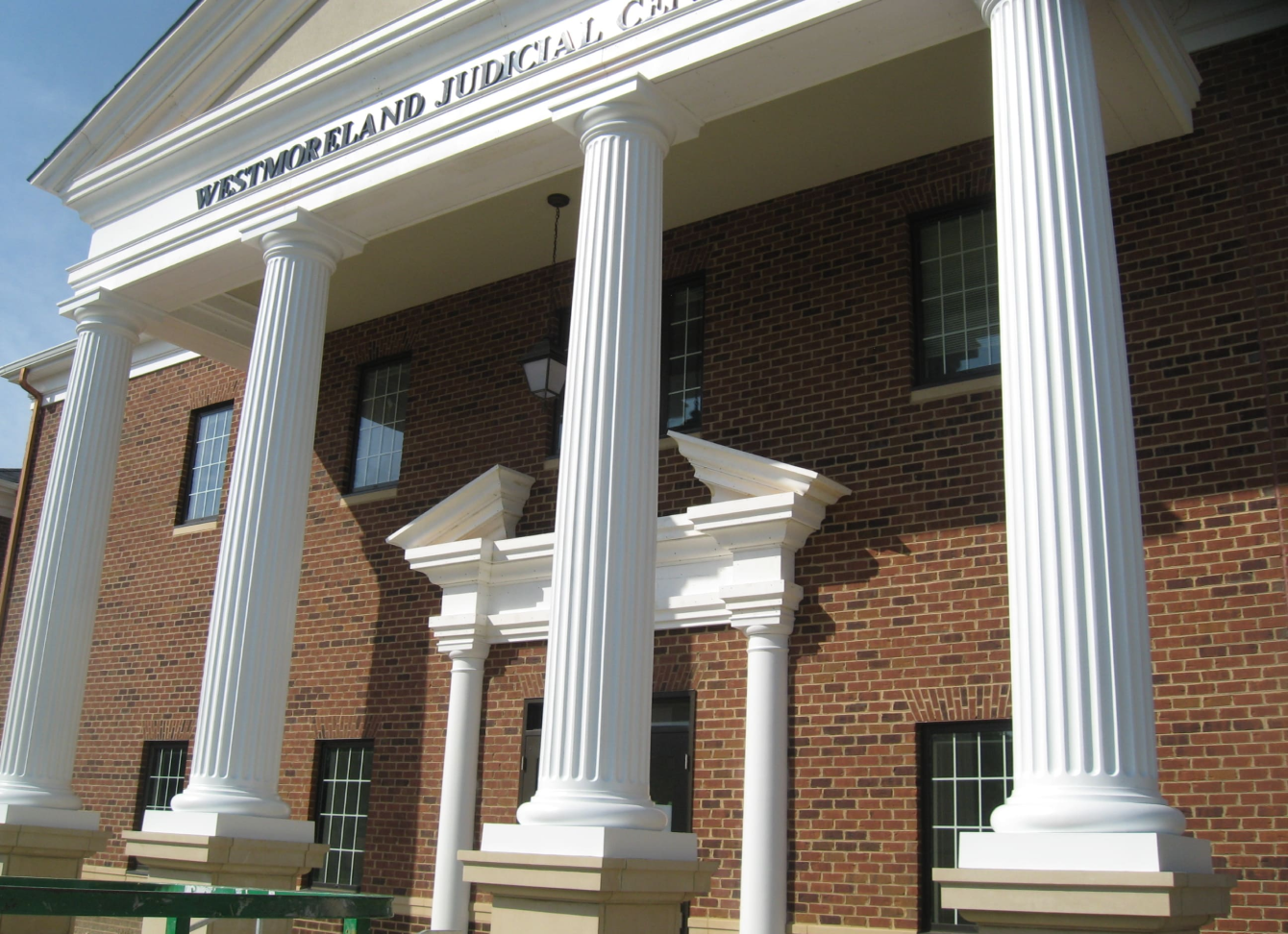One of the most overlooked, yet distinctive, elements of your home’s exterior are the shutters. If you don’t have them your house probably looks a little naked, and if they’re the wrong color or style the house just looks off-balance. Choosing the right style and an updated color for your shutters provides a huge boost in curb appeal and value.
Shutters have been on windows since mud huts replaced tents as dwellings. Granted, they were little more than animal skins that kept out the wind and rain (sort of) but there they were. Creative housewives might have dyed them to match the rugs or had their husbands carve designs into them so they didn’t look like all the neighbors, but shutters have been both a structural and design component of a house practically forever.
Advances in technology–glass in windows, for example–and modern methods of central heating and cooling have rendered the shutter a decorative device, and recent architectural trends have shunned shutters altogether. But as poorly conceived trends tend to die out, shutters are making a comeback with style-conscious homeowners–so if that’s you, how do you decide which shutters work best for your house?
Here are the basic shutter types, and their best architectural companions.
Louvered
Louvered shutters are perhaps the most common in the US. They are original to warmer climates, as these shutters are the precursor to air conditioning. The components are slats that are laid on an angle on the vertical piece and installed on hinges as a pair outside the window. The slats swung in or out, depending on the weather. They provided ventilation in earlier times, and the angle kept the bugs and wildlife out. The default option for 1960s and 1970s Ranch houses were louvered shutters, although generally not the functional kind.
In the south, louvers are on all old houses, for the reasons mentioned above. They’re called hurricane shutters in the coastal regions, as they shut out the rain worst of the wind but allowed air flow, which in turn kept the low pressure from blowing out doors and windows. These have wider slats than the standard version.
Raised Panel
Raised panel shutters look like panel doors–box like rectangles in a frame. In New England, these are the winter shutters–when closed, the panels rebuff winter weather and add a little warmth. Shaker style shutters are like raised panels in reverse; the panel is inset. These are the workhorses of the shutter world–equally at home on grand Federal mansions or small bungalows, and anything in between. If your house has a French architectural vibe, these are the shutters for you.
Newer transitional homes are enhanced with raised panels, as well–especially if you have arched windows, a half-round shutter makes a bold statement.
Board and Batten
Board and batten shutters look a little like a barn door–wide vertical panels (board)with two or three cross pieces, (batten) or an angular slat. They’re an old construction that’s seeing a renaissance with more contemporary houses and renovations and are a good option if you don’t care for louvers.
The Details
A few things to keep in mind when you’re installing your shutters create the final touches to your project. First, ensure the hardware looks authentic and is attached correctly. You don’t want the shutters to pull away from the siding. Also, use shutter dogs–hooks–that appear to keep them open. Even as a simple decorative feature, it says you paid attention to the details. If you’re using board and batten, black wrought-iron looking hinges finish the look.
Worthington Millwork can advise you on the right shutters for your home, as well as the right materials for your exterior and climate. The colors you pick are up to you, but they also have decades of expertise in helping you find the perfect look.
{{cta(‘266aca68-687d-40b6-a052-caafe460a930′,’justifycenter’)}}


